Physical Address
304 North Cardinal St.
Dorchester Center, MA 02124
Physical Address
304 North Cardinal St.
Dorchester Center, MA 02124
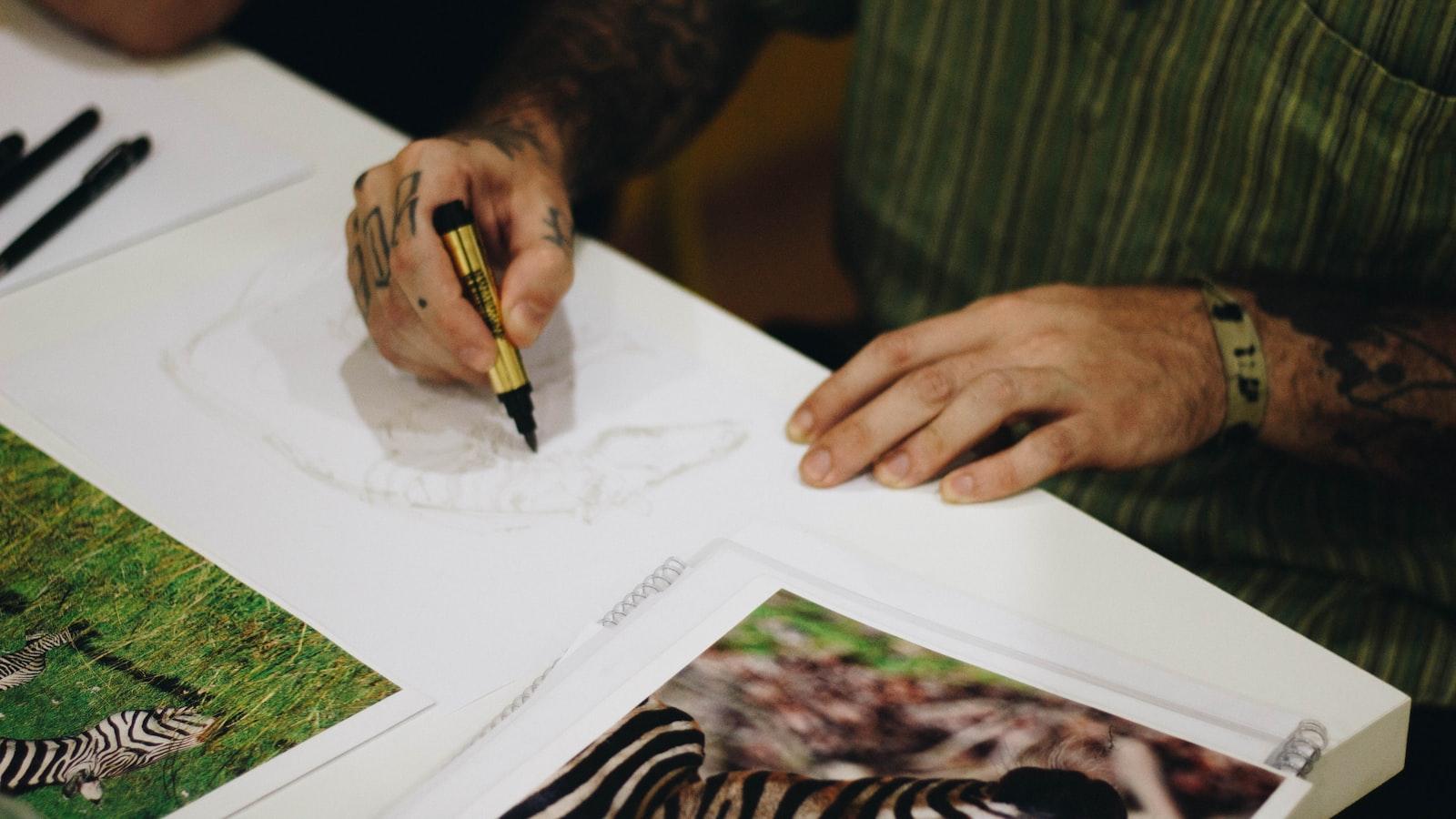
Have you ever wanted to learn how to draw a truck? Whether you’re a beginner or have some experience with drawing, this article will provide you with detailed insights and specific recommendations on how to create a realistic and detailed truck illustration. As someone who has spent 15 years driving trucks, I have a good understanding of the different aspects of a truck that make it unique and memorable. Let’s dive into the world of truck drawing and unleash your artistic potential!

When it comes to drawing a truck, there are a few key steps you’ll want to follow to ensure you create a realistic and eye-catching illustration. Before we dive into the details, let me share a bit about my background. With 15 years of truck driving experience under my belt, I’ve spent countless hours behind the wheel of these massive vehicles. While my expertise lies more in navigating the roads than putting pen to paper, I’m excited to share some tips and tricks to help you get started on your drawing journey.
Drawing a truck may seem daunting at first, especially if you’re new to the world of art. But fear not! With a bit of practice and some guidance, you’ll be amazed at what you can create. Whether you’re looking to sketch a sleek modern truck or a rugged off-road vehicle, the process remains the same. By breaking it down into simple steps, you’ll unlock the secrets to drawing a truck like a pro.
First and foremost, it’s important to start with the basics. Grab your drawing materials – whether it’s pencil and paper or a digital tablet – and find a quiet space where you can concentrate. Remember, drawing is not only about putting lines on paper; it’s about capturing the essence and character of the subject. As someone who has spent countless hours on the road, I can attest to the importance of attention to detail in capturing the unique features of a truck.
As you begin sketching, pay close attention to the proportions and shapes of the truck. Start with simple shapes like rectangles and circles to outline the basic structure. From the cab to the bed, each part of the truck plays a crucial role in bringing your drawing to life. Don’t be afraid to make mistakes – drawing is all about experimentation and learning from each stroke of the pencil.
One piece of advice I always give to aspiring artists is to study real trucks in-depth. Take the time to observe different models, paying attention to details like headlights, mirrors, and wheels. By understanding how each component fits together, you’ll be better equipped to create a realistic and accurate representation. And remember, practice makes perfect - the more you draw, the more confident you’ll become in your skills.
In the realm of truck drawing, there’s always something new to learn and explore. Whether you’re a seasoned artist or a complete beginner, I encourage you to embrace the process and have fun with it. Drawing a truck is not merely about replicating what you see; it’s about infusing your own style and personality into the artwork. So, grab your drawing supplies and let’s get started on this exciting journey together!

When it comes to drawing a truck, choosing the right reference image is key to achieving accuracy in your artwork. A high-quality reference image will help you capture all the intricate details of a truck, from the shape of the body to the placement of the wheels and headlights. Here are some tips to help you choose the right reference image for your drawing:
Look for a reference image that shows the truck from multiple angles. This will give you a comprehensive view of the truck and help you understand its proportions and details better.
Make sure the reference image is clear and high-resolution. A blurry or pixelated image will make it difficult for you to see the details accurately and may lead to inaccuracies in your drawing.
Pay attention to the lighting in the reference image. Shadows and highlights can significantly impact the way a truck looks, so choose an image with good lighting that highlights the truck’s features effectively.
Consider the color of the truck in the reference image. If you plan to draw the truck in color, make sure the reference image accurately represents the colors of the truck for a more realistic drawing.
Take note of any special features or details unique to the truck in the reference image. These details, such as logos, decals, or custom modifications, can add character to your drawing and make it more authentic.
Drawing a truck can be a fun and rewarding experience, especially when you take the time to choose the right reference image. By following these tips and selecting a high-quality reference image, you can ensure that your drawing is accurate and captures the essence of the truck you’re depicting. So, grab your sketchbook, pick out the perfect reference image, and get ready to create a masterpiece that showcases your love for trucks!
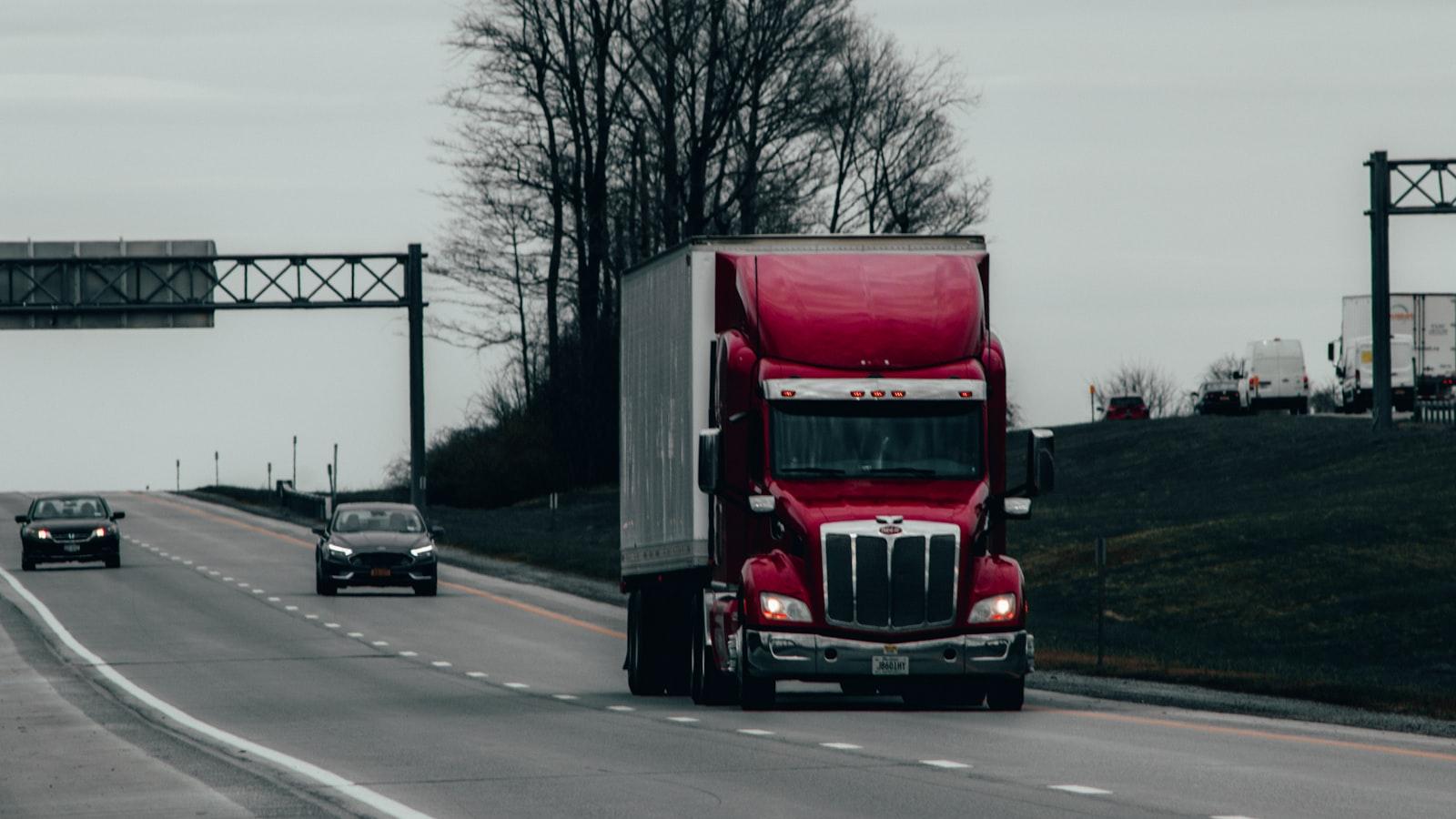
is the first step in learning how to draw this powerful vehicle. By breaking it down into simpler geometric forms, you can easily tackle the complexities of its design. Imagine the truck as a combination of rectangles, circles, and triangles coming together to form the final shape.
Start by sketching the basic outline of the truck using straight lines to represent the body and the bed. These lines will serve as the foundation for the rest of your drawing. Remember, it doesn’t have to be perfect at this stage - just focus on getting the general shape right.
Next, add in the wheels using circles. Position them correctly by following the perspective of the truck. This will add depth and dimension to your drawing, making it look more realistic. Don’t forget to include details like the hubcaps and the alignment of the wheels.
Now, let’s tackle the cab of the truck. Break it down into a series of rectangular shapes for the windows, doors, and roof. Pay attention to the proportions and angles to ensure accuracy. Once you have the basic structure in place, you can start adding in smaller details like mirrors, lights, and the front grille.
To bring your truck drawing to life, add in shading and texture. Use light strokes to create highlights and shadows, giving the truck a three-dimensional appearance. Experiment with different techniques to see what works best for you. Remember, practice makes perfect, so don’t be afraid to make mistakes and learn from them.
As someone with 15 years of truck driving experience, I can tell you that understanding the basics of drawing a truck can help you appreciate its design and functionality even more. Whether you’re a beginner or an experienced artist, is a fundamental skill that can lead to endless creative possibilities. So grab your pencil and paper, and let’s start drawing!
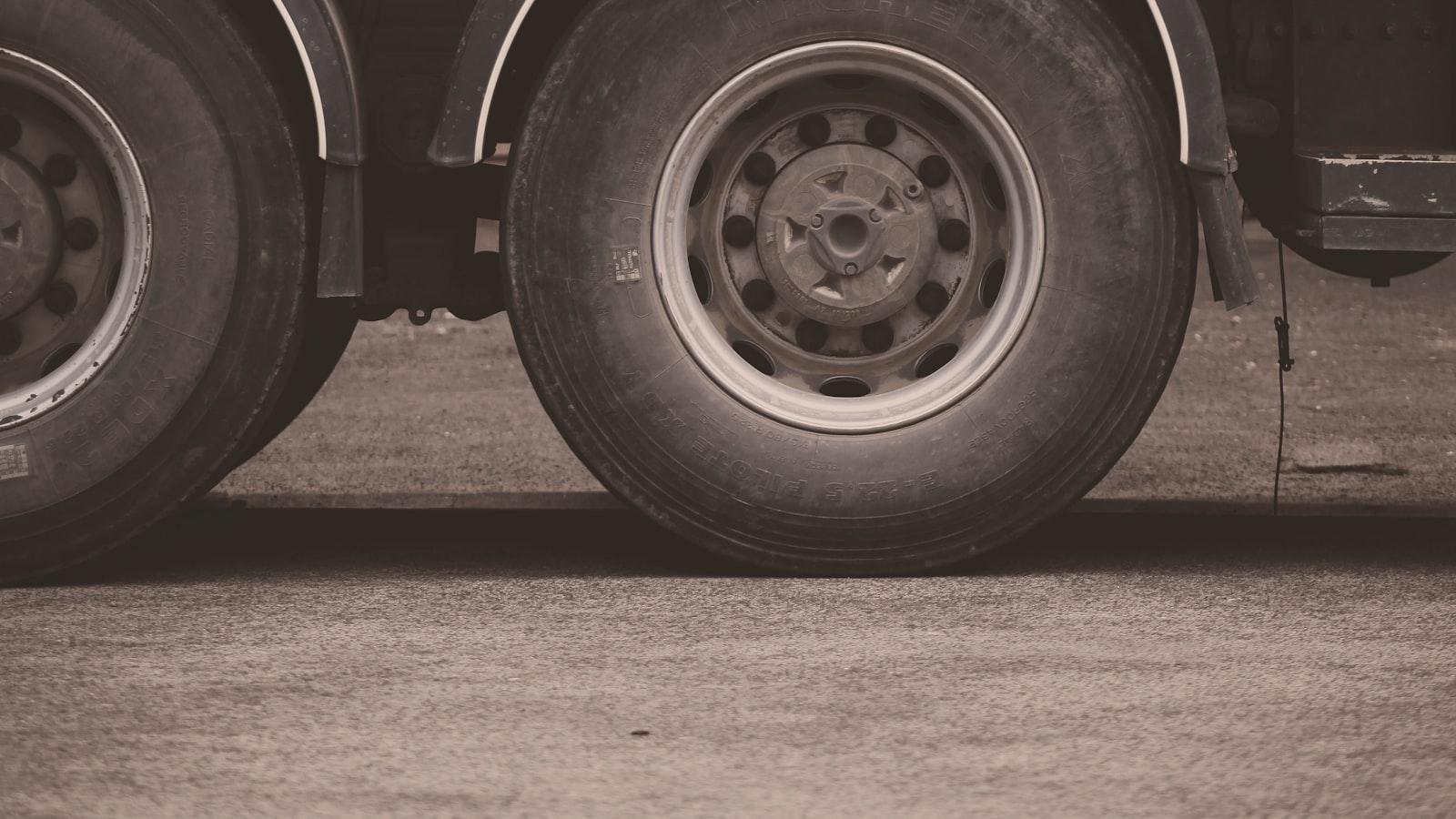
To add intricate details to bring your truck drawing to life, you’ll need to pay attention to the small things that can make a big impact. These details will make your drawing stand out and look more realistic, giving it that wow factor that will impress everyone who sees it.
One way to bring your truck to life is by focusing on the headlights and taillights. Adding realistic shading and reflections to these areas can make them look more three-dimensional and vibrant. You can use a combination of different shades of grey and white to create the illusion of light reflecting off the glass, giving your truck a more dynamic and lifelike appearance.
Another important detail to consider is the texture of the truck’s body. Adding subtle lines and shadows to indicate the curve and contours of the metal can make your drawing look more realistic and detailed. You can also use a cross-hatching technique to create a sense of depth and dimension, making your truck drawing pop off the page.
Don’t forget about the wheels and tires! Adding details like treads on the tires, valve stems, and lug nuts can add a level of realism to your drawing that will make it look like it’s ready to roll off the page. Paying attention to these small details can make a big difference in the overall look and feel of your truck drawing.
Lastly, adding accessories like side mirrors, antennas, and decals can give your truck drawing a personalized touch that sets it apart from the rest. These little extras can add character and personality to your drawing, making it truly unique and one-of-a-kind.
By focusing on these intricate details and bringing them to life in your truck drawing, you can create a piece of art that is not only visually stunning but also incredibly realistic. So grab your pencils and get ready to add those finishing touches that will make your truck drawing stand out from the crowd!
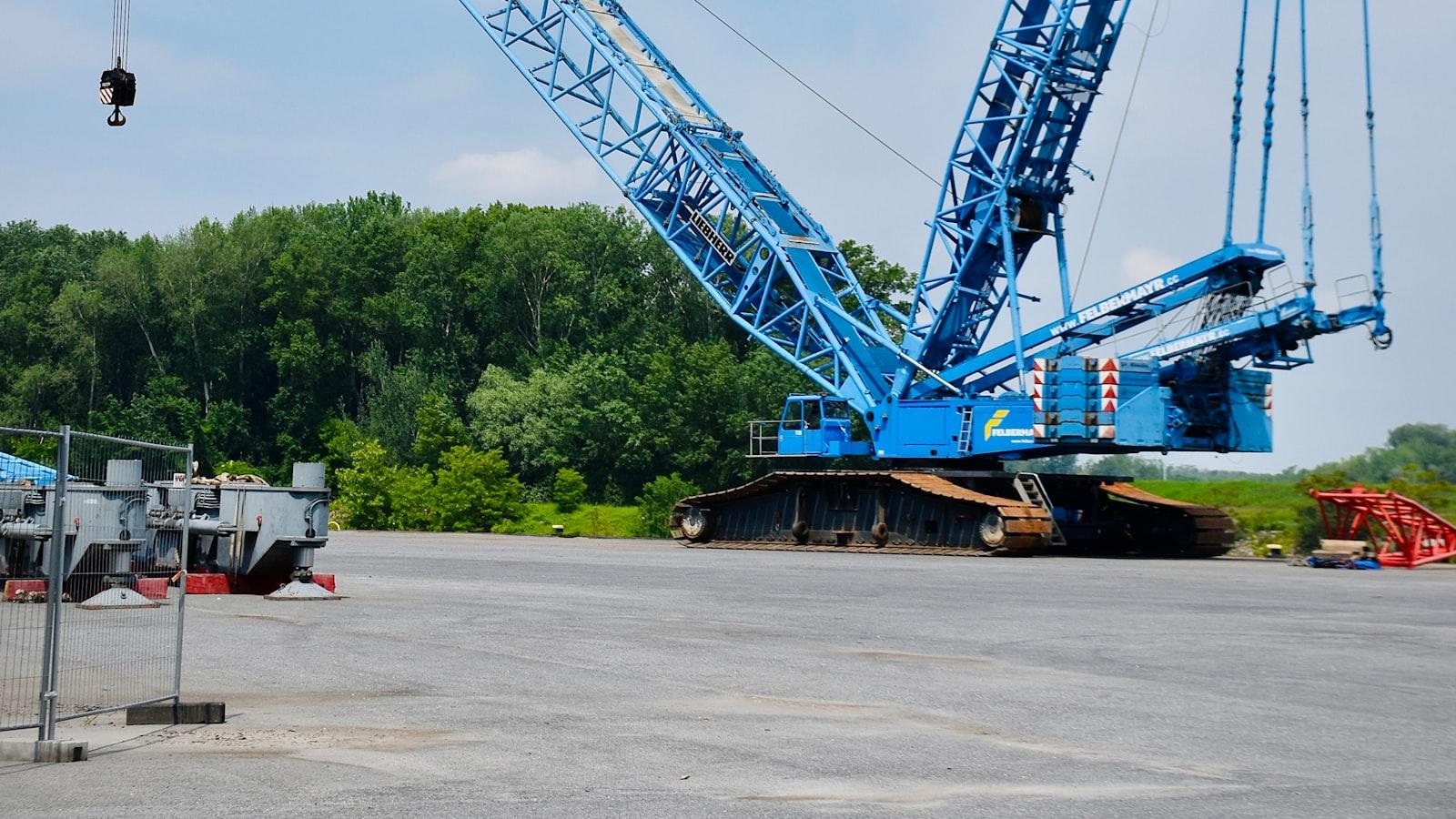
When drawing a truck, utilizing shading techniques can really bring your artwork to life and create a sense of dimension. By carefully applying shadows and highlights, you can make your truck look more realistic and three-dimensional. Here are some tips to help you master shading techniques and take your truck drawing to the next level:
As someone with 15 years of truck driving experience, I can tell you that attention to detail is key when it comes to drawing trucks. Just like navigating the complexities of the road, shading techniques require focus and precision. By taking the time to master these techniques, you can create stunning artwork that truly captures the essence of a truck in motion.
So, grab your pencils and get ready to bring your truck drawing to life with shading techniques that will make it pop off the page. With a little practice and patience, you’ll be amazed at the depth and dimension you can achieve in your artwork. Happy drawing!

When it comes to drawing a truck, one key aspect to focus on is . Adding textures gives depth and dimension to your drawing, making it more visually appealing and lifelike. Whether you’re a beginner or an experienced artist, here are some tips to help you achieve a realistic finish in your truck drawing:
Study real trucks: Before you start drawing, take some time to observe real trucks. Notice the different textures on the surface of the truck, such as the roughness of the tires, the shine of the metal parts, and the smoothness of the windows. Paying attention to these details will help you accurately replicate them in your drawing.
Use shading and highlighting: Shading and highlighting are essential techniques for creating textures in your drawing. Use darker shades to add depth to areas that would naturally be shadowed, and lighter shades to simulate highlights. By carefully blending these shades, you can create the illusion of different textures.
Experiment with different drawing tools: Different drawing tools, such as pencils, pens, and markers, can create unique textures in your drawing. Experiment with cross-hatching, stippling, or smudging to see which techniques work best for the textures you want to achieve.
Add details: Details such as bolts, rivets, and grilles can enhance the realism of your truck drawing. Pay attention to these small details and take your time to replicate them accurately. Remember, realism is in the details!
Practice and patience: Drawing realistic textures takes practice and patience. Don’t get discouraged if your first attempts don’t turn out as you’d hoped. Keep practicing, experimenting with different techniques, and refining your skills. With time and dedication, you’ll improve and create stunningly realistic truck drawings.
in your truck drawing can take it to the next level. By studying real trucks, using shading and highlighting, experimenting with drawing tools, adding details, and practicing consistently, you’ll be able to create realistic and impressive truck drawings. So, grab your drawing supplies and start honing your texture-drawing skills today!
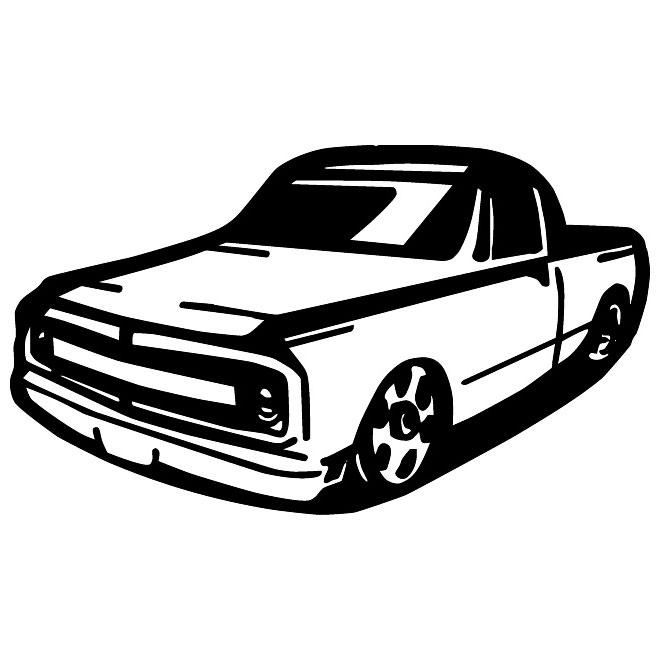
When it comes to perfecting your truck drawings, practice and patience are key. It’s not merely about having the talent but also about putting in the time and effort to improve your skills. As someone who has 15 years of truck driving experience, I can attest to the fact that practice truly does make perfect in this realm.
One piece of advice I always give to aspiring artists is to start with the basics. Begin by sketching out the basic shape of the truck, focusing on getting the proportions right. This will serve as the foundation for your drawing and will make it easier to add in the smaller details later on.
Another tip is to study real trucks. Take the time to observe different makes and models, paying attention to the unique features of each. This will not only help you become more familiar with the intricacies of truck design but will also inspire you to try new techniques in your drawings.
Don’t be afraid to make mistakes. Drawing is a process of trial and error, and each mistake is an opportunity to learn and grow. Embrace the imperfections in your drawings, and use them as stepping stones towards improvement.
Experiment with different styles and techniques. Whether you prefer a more realistic approach or a more stylized look, don’t be afraid to push your boundaries and try new things. Drawing is a creative outlet, so let your imagination run wild and see where it takes you.
Remember, Rome wasn’t built in a day. It takes time and dedication to hone your craft, so be patient with yourself. Keep practicing, keep pushing yourself, and most importantly, enjoy the process. Drawing should be a fun and rewarding experience, so don’t forget to have fun along the way.
Q: I want to draw a truck, but I’m not sure where to start. Can you help me?
A: Absolutely! Drawing a truck can seem daunting, but with some simple steps, you’ll be able to create a realistic looking truck in no time.
Q: What materials do I need to draw a truck?
A: All you need is a piece of paper, a pencil, an eraser, and some colored pencils or markers if you want to add some color to your drawing.
Q: How do I begin drawing a truck?
A: Start by sketching the basic shapes of the truck – a rectangle for the cab, a larger rectangle for the bed, and circles for the wheels. Once you have the basic shapes down, you can start adding details like windows, doors, and headlights.
Q: How can I make my truck look more realistic?
A: Pay attention to the proportions of the truck and make sure the wheels are the right size in relation to the rest of the truck. Adding shading and highlights can also help give your drawing depth and dimension.
Q: Any tips for drawing a truck from different angles?
A: Practice drawing trucks from different angles to get a better understanding of how they look from different perspectives. Start with simple side and front views before moving on to more complex angles.
Q: Can I add my own creative flair to my truck drawing?
A: Absolutely! Don’t be afraid to add your own unique touches to your truck drawing, whether it’s adding custom decals, a funky paint job, or even turning it into a monster truck. Let your imagination run wild!
Q: Any final words of advice for drawing a truck?
A: Have fun with it! Drawing should be a creative and enjoyable process, so don’t get too caught up in making everything perfect. Practice makes perfect, so keep at it and soon you’ll be drawing trucks like a pro.
In conclusion, drawing a truck may seem daunting at first, but with practice and patience, you can master the art of capturing this versatile vehicle on paper. Remember to start with basic shapes, add details gradually, and don’t forget to study reference images for inspiration. So grab your pencil and sketchbook, and start honing your truck-drawing skills today! Who knows, you might just discover a new passion for illustrating these mechanical marvels. Happy drawing!